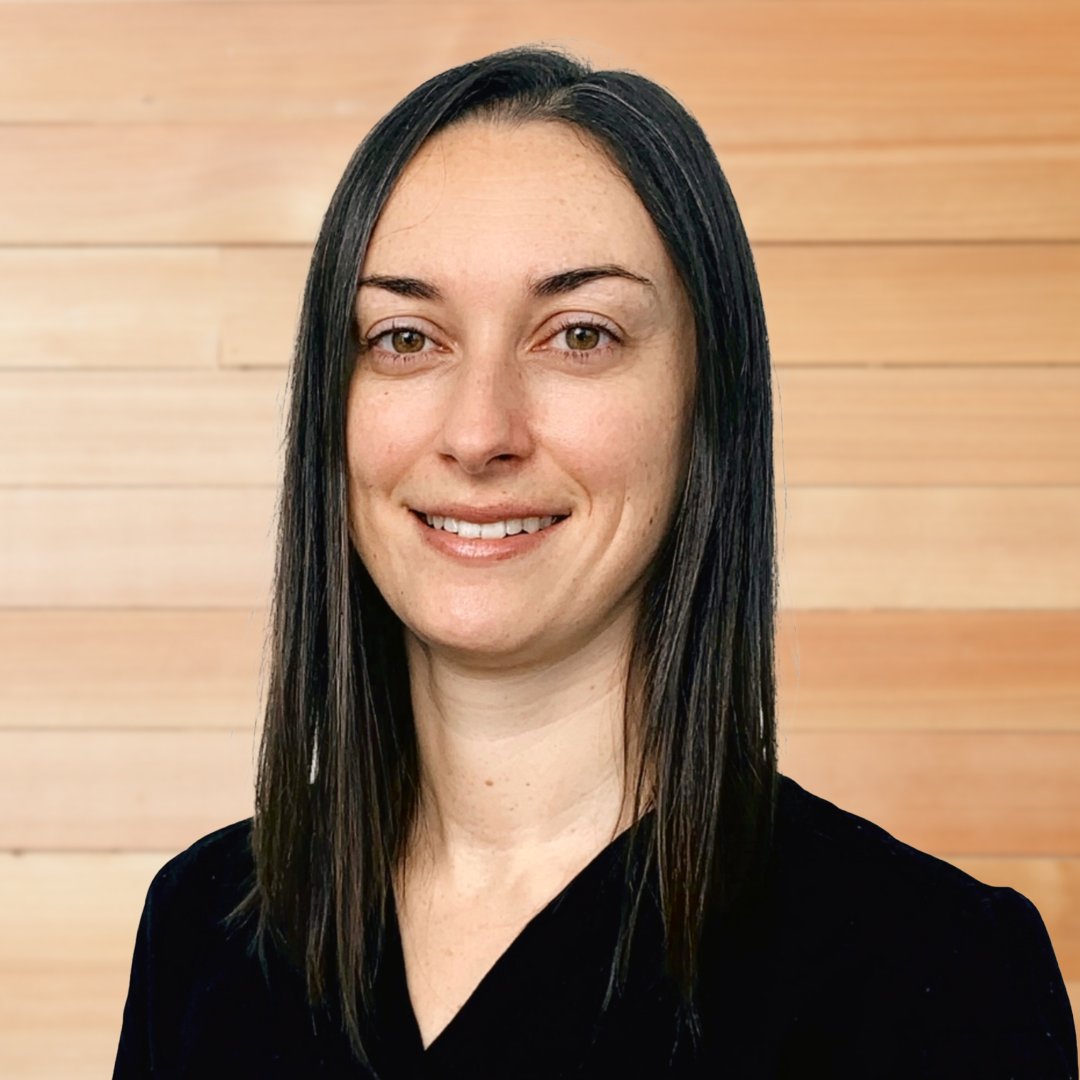How PRP Injections Can Rejuvenate Thinning Hair
Thinning hair can be a significant source of concern and distress for many. Not only does it impact physical appearance, but it has also been linked to psychological and social stress. Fortunately, treatments like PRP injections have the potential to help rejuvenate hair growth.
Injecting Platelet-Rich Plasma (PRP), is a non-surgical treatment that involves using a patient's own blood to extract growth factors and then injecting them into the scalp.
What causes hair loss?
Shedding is a natural part of our hair cycle. In fact, we shed about on average 50 – 100 hairs a day. Most people don’t notice, however, because lost hair is soon replaced by new growth. When we shed more than we grow, this is known as alopecia.
Hair loss affects men and women alike, however it’s slightly more common in men with around 4 out of 5 men experiencing some form of hair loss by the age of 70.
This can have a significant impact on an individual's self esteem and body image.
What is Platelet-Rich Plasma (PRP)?
Platelet-Rich Plasma (PRP) is a substance derived from the patient’s blood, and has gained recognition for its application in various treatments, including hair rejuvenation.
Blood consists of red blood cells, white blood cells, plasma, and platelets. Platelets, small cell fragments abundant in growth factors and proteins, play a pivotal role in the body's natural healing processes.
In the context of prp injections for hair loss, a small blood sample undergoes a centrifugation process, separating its components. The result is a concentrated solution rich in platelets.
How Does PRP Support Hair Growth?
The potent combination of growth factors and proteins housed within platelets serves as the driving force behind its effectiveness. Injecting PRP into the scalp can be an effective way to treat hair loss for the following reasons.
Promotes Hair Follicle Repair and Regeneration
PRP contains over 20 growth factors that can stimulate hair regrowth by binding to the hair follicles and surrounding tissue.
Activation of Stem Cells
These same growth factors play a pivotal role in activating dormant stem cells within the hair follicles. This activation initiates the cellular processes necessary for hair regeneration, ensuring a rejuvenated and strengthened hair structure.
Prolonged Growth Cycle
PRP encourages the extension of the anagen (growth) phase of the hair cycle. This prolonged growth phase means that hair follicles spend more time actively producing new, healthy hair, leading to increased hair density over time.
These combined effects make PRP a scientifically grounded and promising solution for those seeking a natural approach to address hair loss concerns.
The PRP Hair Rejuvenation Process
PRP Hair Rejuvenation at Qi Integrated Health involves a meticulous process to ensure the safety and efficacy of the treatment. Following a methodical approach ensures precision and effectiveness in targeting areas experiencing hair thinning.
Consultation and Assessment
Before the procedure, a thorough consultation is conducted to assess the patient's suitability for PRP Hair Rejuvenation. Factors such as the extent of hair loss, overall health, and medical history are considered to tailor the treatment plan.
Blood Extraction
The process begins with a blood sample being drawn from the patient. This blood sample is then placed in a specialized centrifuge machine.
Centrifugation
The centrifuge machine spins the blood rapidly, separating its components based on density. This centrifugation process isolates the Platelet-Rich Plasma (PRP) from the rest of the blood components.
PRP Extraction
Following centrifugation, the PRP, now concentrated with a higher number of platelets, is carefully extracted. This PRP solution contains growth factors and proteins essential for stimulating hair follicles.
Scalp Preparation
The targeted areas on the scalp are cleaned and prepared for the PRP injections. This ensures a clean environment and optimal absorption of the PRP into the hair follicles.
PRP Injection
Using a fine needle, the PRP is strategically injected into the scalp, specifically targeting areas where hair thinning is noticeable. The injection process is methodical, covering both thinning areas and edges to nourish all participating follicles.
Post-Treatment Care
Patients are provided with post-procedure instructions, including recommendations on activities to avoid immediately after the treatment and care routines for the following days.
Follow-Up Sessions
Depending on the patient's response and the severity of hair loss, a series of follow-up sessions may be recommended. The recommended treatment plan generally involves 3 sessions at an interval of 3-4 weeks. Results for PRP treatment are typically visible after about 3-6 months.
Risks of PRP
Like most treatments, there are some contraindications for PRP injections. The treatment isn’t recommended for individuals who are on blood thinners.
It’s also not recommended for various diagnoses, including cancer, severe liver disease, some skin diseases, hemodynamic instability or platelet dysfunction syndromes, to name a few.
PRP Injections Vancouver
PRP injections offer a promising solution for individuals struggling with hair loss. By harnessing the growth factors and proteins found in platelets, PRP injections can promote hair follicle repair and regeneration, activate dormant stem cells, and prolong the hair growth cycle.
This natural approach to addressing hair loss concerns shows great potential in rejuvenating hair growth and boosting confidence. If you're interested in PRP treatments, book an appointment at Qi Integrated Health today!
Dr. Julie Cahill, ND
Dr. Julie Cahill is a seasoned Naturopathic Medical practitioner who specializes in uncovering and addressing the underlying causes of disease. With a focus on promoting health through aspects like diet, nutrient therapies, and lifestyle enhancements, she caters to individuals seeking solutions for recovery, fatigue, weight loss, and digestive issues.


